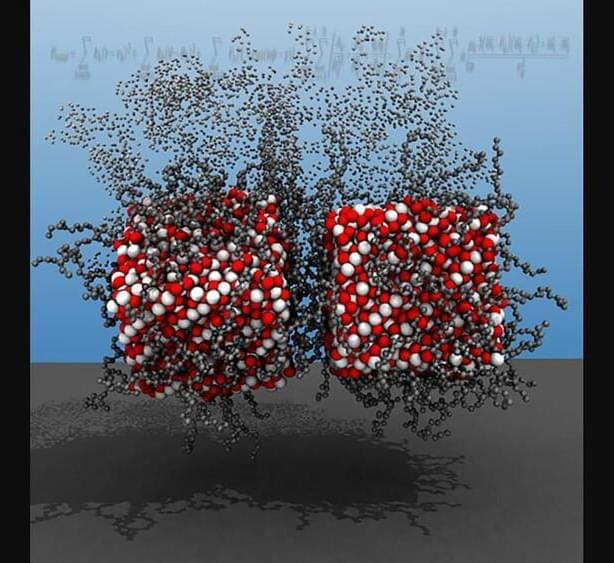Researchers at North Carolina State University have developed a new computational tool that allows users to conduct simulations of multi-functional magnetic nanoparticles in unprecedented detail. The advance paves the way for new work aimed at developing magnetic nanoparticles for use in applications from drug delivery to sensor technologies.
“Self-assembling magnetic nanoparticles, or MNPs, have a lot of desirable properties,” says Yaroslava Yingling, corresponding author of a paper on the work and a Distinguished Professor of Materials Science and Engineering at NC State. “But it has been challenging to study them, because computational models have struggled to account for all of the forces that can influence these materials. MNPs are subject to a complicated interplay between external magnetic fields and van der Waals, electrostatic, dipolar, steric, and hydrodynamic interactions.”
Many applications of MNPs require an understanding of how the nanoparticles will behave in complex environments, such as using MNPs to deliver a specific protein or drug molecule to a targeted cancer affected cell using external magnetic fields. In these cases, it is important to be able to accurately model how MNPs will respond to different chemical environments. Previous computational modeling techniques that looked at MNPs were unable to account for all of the chemical interactions MNPs experience in a given colloidal or biological environment, instead focusing primarily on physical interactions.
